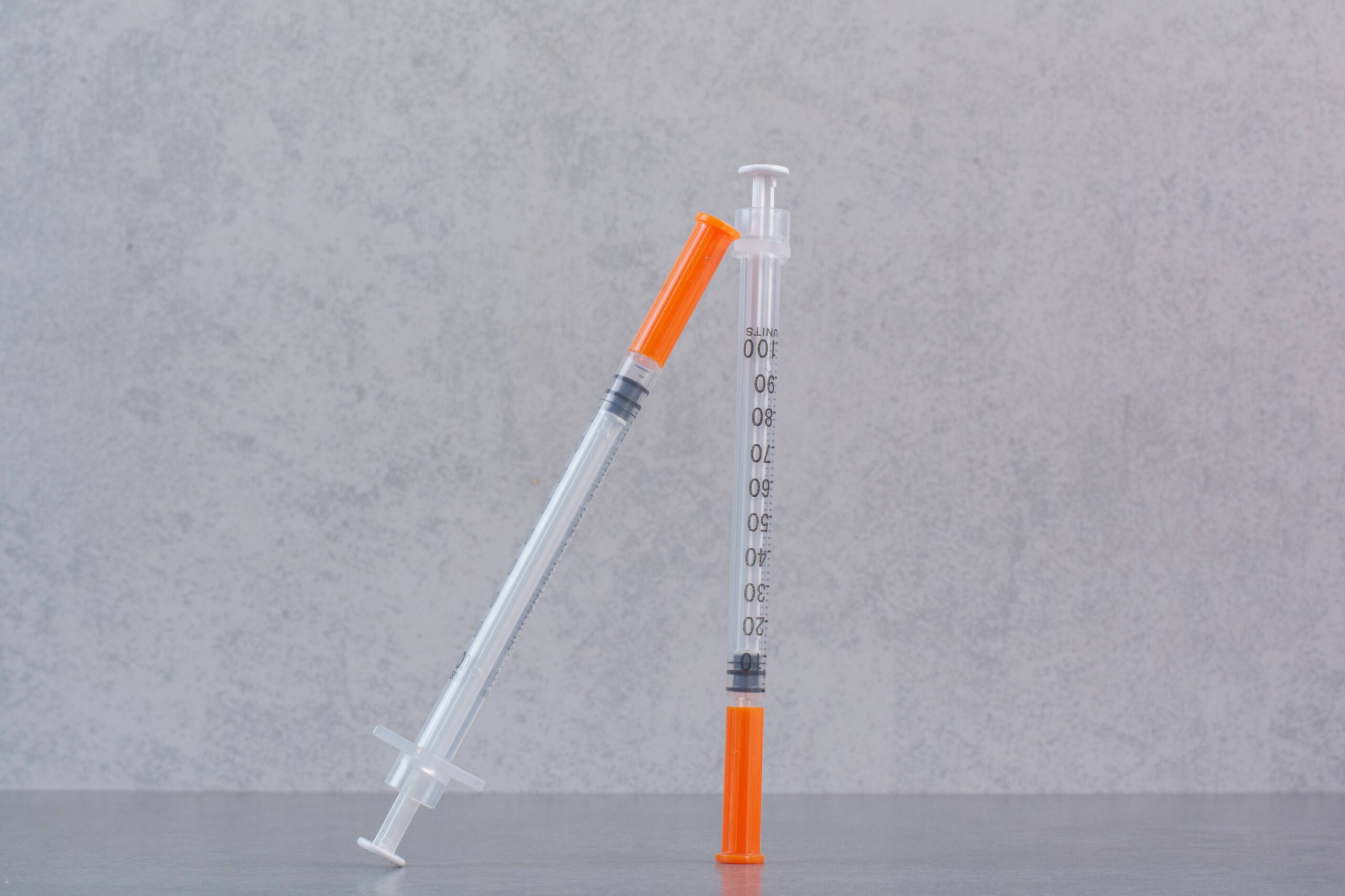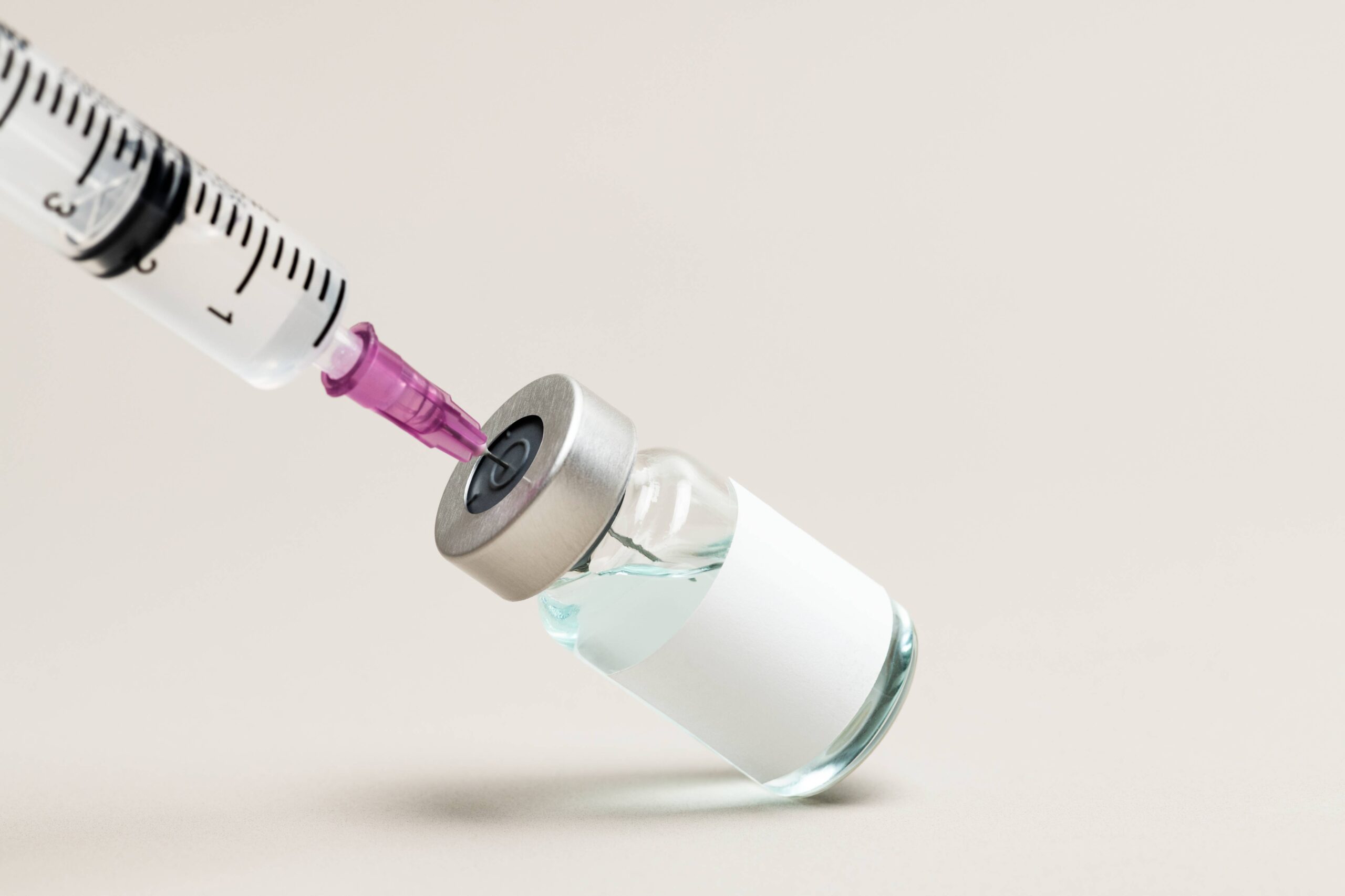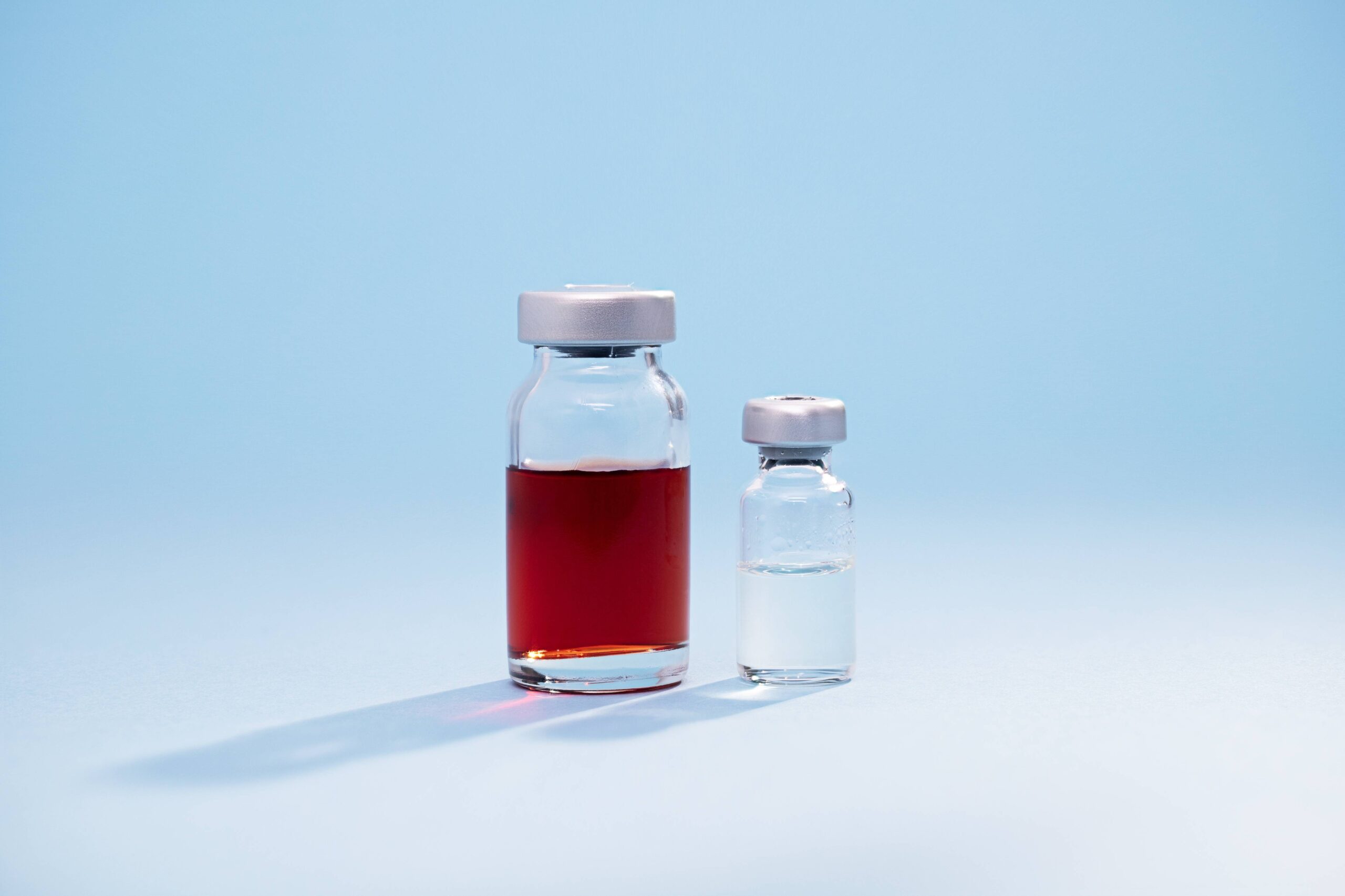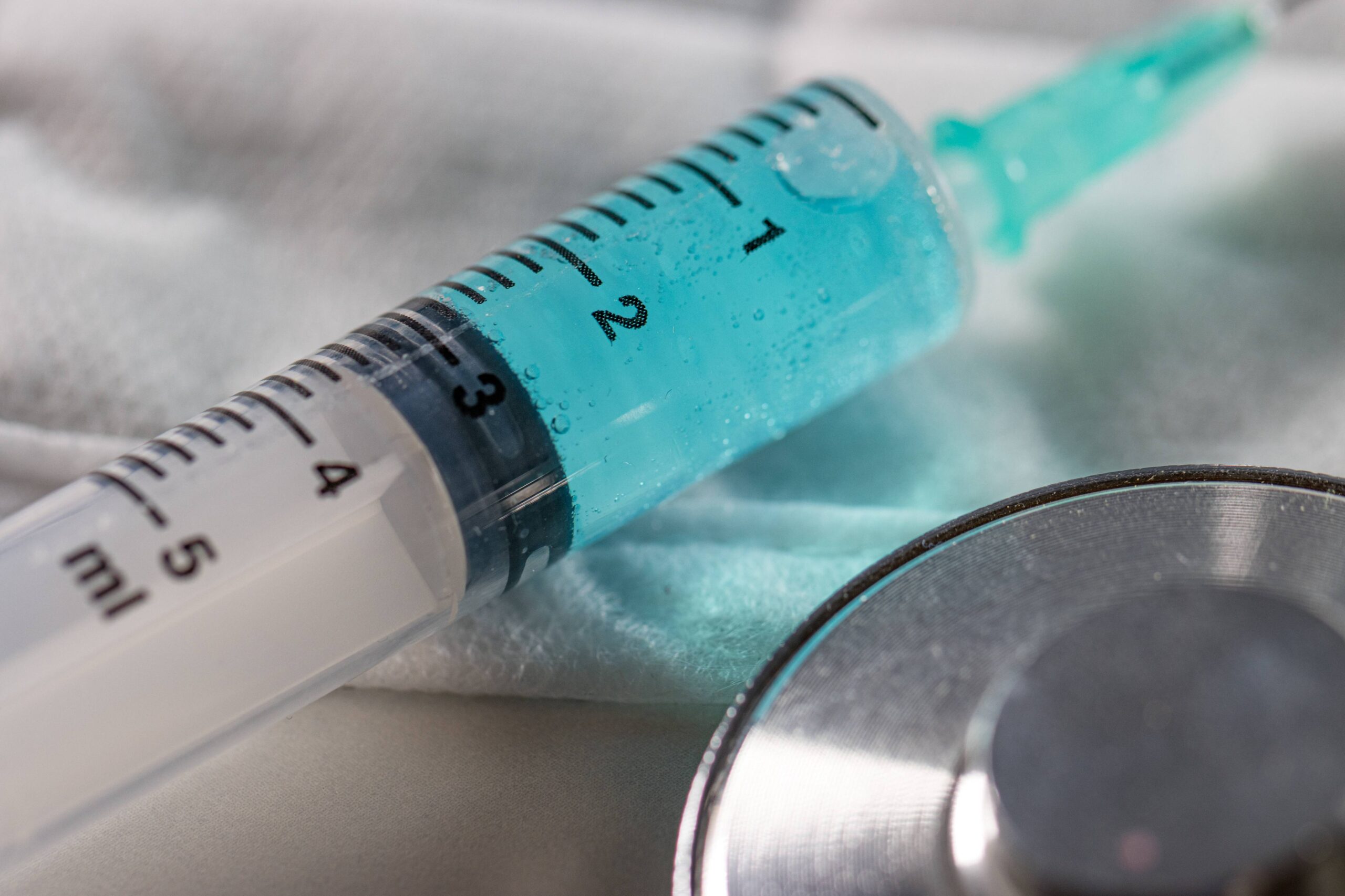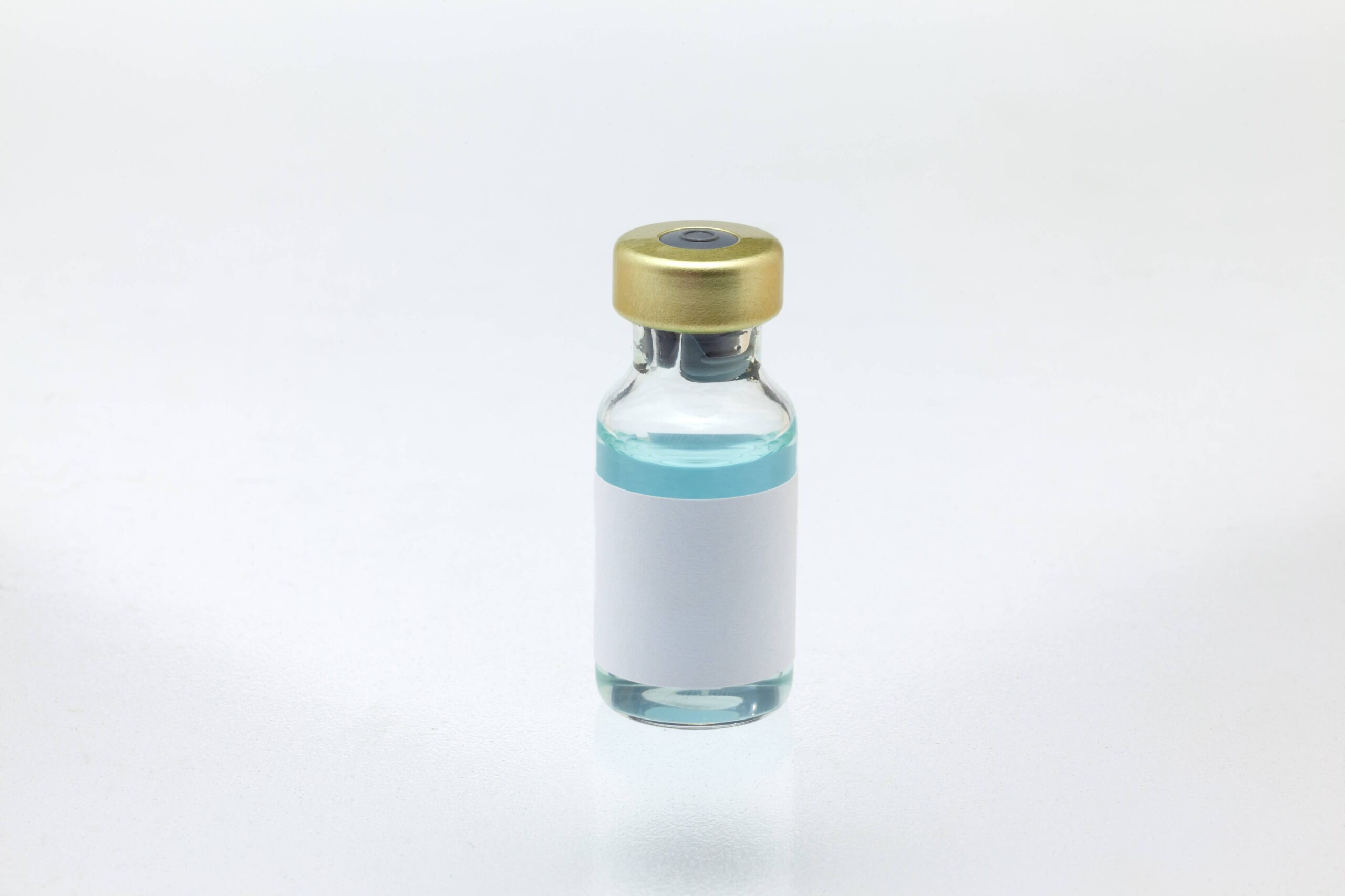Blog
Tirzepatide Side Effects for Women: What’s Normal and What’s Not?

Understanding Tirzepatide Side Effects – A Women-Centered Guide
Tirzepatide, the powerful dual-action GLP-1/GIP medication, is quickly becoming one of the most popular solutions for medical weight loss and insulin resistance, particularly among women struggling with conditions like PCOS, type 2 diabetes, and stubborn metabolic weight gain. Branded as Mounjaro, and now available in compounded formats through providers like Alternate Health Club (AHC), Tirzepatide offers transformational results—but like any medication, it can come with side effects.
So, what’s normal? What should be monitored more closely? And how can women better prepare for or minimize these effects while still enjoying the benefits of the medication?
This comprehensive guide covers everything you need to know about Tirzepatide side effects for women—from the expected to the avoidable.
What Is Tirzepatide?
Tirzepatide is a once-weekly injectable medication that mimics two hormones: GLP-1 and GIP. These hormones help regulate appetite, increase insulin sensitivity, and promote weight loss by slowing gastric emptying and enhancing the feeling of fullness.
Initially approved for type 2 diabetes, Tirzepatide is now gaining FDA approval and broader usage for chronic weight management—particularly for women who have struggled with hormonal weight gain.
Explore our Tirzepatide program at AHC
Why Women Respond Differently to Tirzepatide
Women’s hormonal environments are inherently more dynamic than men’s. Factors like menstrual cycles, birth control use, PCOS, menopause, and pregnancy history can impact how Tirzepatide is metabolized and tolerated.
Additionally, women tend to be more susceptible to gastrointestinal side effects and may experience mood or energy fluctuations differently than men on GLP-1 therapies.
That’s why gender-specific care is crucial—and why AHC provides personalized programs that support women’s needs.
Common Tirzepatide Side Effects (First 2–4 Weeks)
Most side effects are mild, temporary, and manageable. They typically show up as the body adjusts to the medication and its slowing effect on digestion.
Most Common:
- Nausea (especially after eating too quickly or too much)
- Bloating or gas
- Mild fatigue or sluggishness
- Diarrhea or constipation
- Loss of appetite
- Headaches
These symptoms are usually most intense during dose escalation (e.g., increasing from 2.5mg to 5mg) and tend to level off as your body adapts.
Learn how to manage Tirzepatide fatigue
Gastrointestinal (GI) Side Effects: Why They Happen
GLP-1/GIP medications like Tirzepatide slow how quickly food leaves your stomach. This helps you feel full longer but can also cause temporary GI upset as the digestive tract adjusts.
Tips to Minimize GI Issues:
- Eat small, protein-focused meals
- Chew thoroughly and eat slowly
- Avoid greasy or heavy foods early in treatment
- Stay hydrated
For diet guidance, see: What to Eat on Semaglutide
Emotional and Hormonal Effects in Women
Some women report:
- Mood changes or irritability
- Increased emotional sensitivity
- Sleep disruptions in the first few weeks
These are usually tied to appetite suppression or shifting blood sugar levels. Stabilizing food intake and adding supplements like NAD+ or B12 injections can help.
If emotional eating was a prior coping tool, removing that outlet may surface underlying stressors. We recommend reading: Breaking Free from Emotional Eating
Menstrual and Hormonal Changes
Some women with PCOS or irregular cycles notice:
- Return of regular menstruation
- Changes in period frequency or flow
- Improved fertility markers (e.g., ovulation)
These effects are generally positive and reflect improved insulin sensitivity and hormone balance.
See our related blog: Semaglutide for PCOS
Serious (But Rare) Side Effects
Though uncommon, you should contact your provider immediately if you experience:
- Severe abdominal pain (possible pancreatitis)
- Difficulty breathing or swallowing
- Allergic reaction (swelling, rash, tight chest)
- Persistent vomiting
These require prompt medical evaluation. At AHC, we monitor clients closely and adjust doses or stop treatment when necessary.
What Side Effects Are NOT Normal?
Watch for:
- Ongoing nausea that prevents eating or drinking
- Unexplained chest pain
- Yellowing of the eyes (jaundice)
- Severe dehydration
These are not expected and should trigger a conversation with your medical team.
Timeline: When Side Effects Typically Subside
| Week | Side Effect Severity | Notes |
| 1–2 | Moderate | Nausea, fatigue, loss of appetite common |
| 3–4 | Mild to Moderate | Bloating, gas taper off |
| 5–6 | Mild or Gone | Body adapts, energy improves |
Adjusting your Tirzepatide dosage slowly is key to long-term comfort.
How AHC Helps You Manage Side Effects
At Alternate Health Club, we don’t just prescribe Tirzepatide—we guide you through the entire experience. Our support includes:
- Dose escalation planning
- Telehealth check-ins
- Nutritionist support and food coaching
- Complementary therapies like MegaBurn MIC+B12
We tailor your plan to minimize discomfort while maximizing results.
FAQs: Tirzepatide and Side Effects in Women
Can I take Tirzepatide while on birth control?
Yes, there’s no known interaction.
Does it affect thyroid health?
It’s not advised for women with a personal/family history of medullary thyroid carcinoma.
Can I exercise while taking Tirzepatide?
Yes! Start with walking, yoga, and resistance bands. Avoid high-intensity workouts during weeks 1–2 if you feel lightheaded.
Final Thoughts: Side Effects Are Temporary—Your Results Are Not
Tirzepatide is not a magic bullet, but for women struggling with PCOS, stubborn weight, and metabolic resistance, it’s often the first treatment that works.
By knowing what to expect and working with a trusted provider like AHC, you can navigate any side effects with confidence—and finally move toward the transformation you’ve been waiting for. Learn more or book your plan today: Tirzepatide Treatment at AHC

